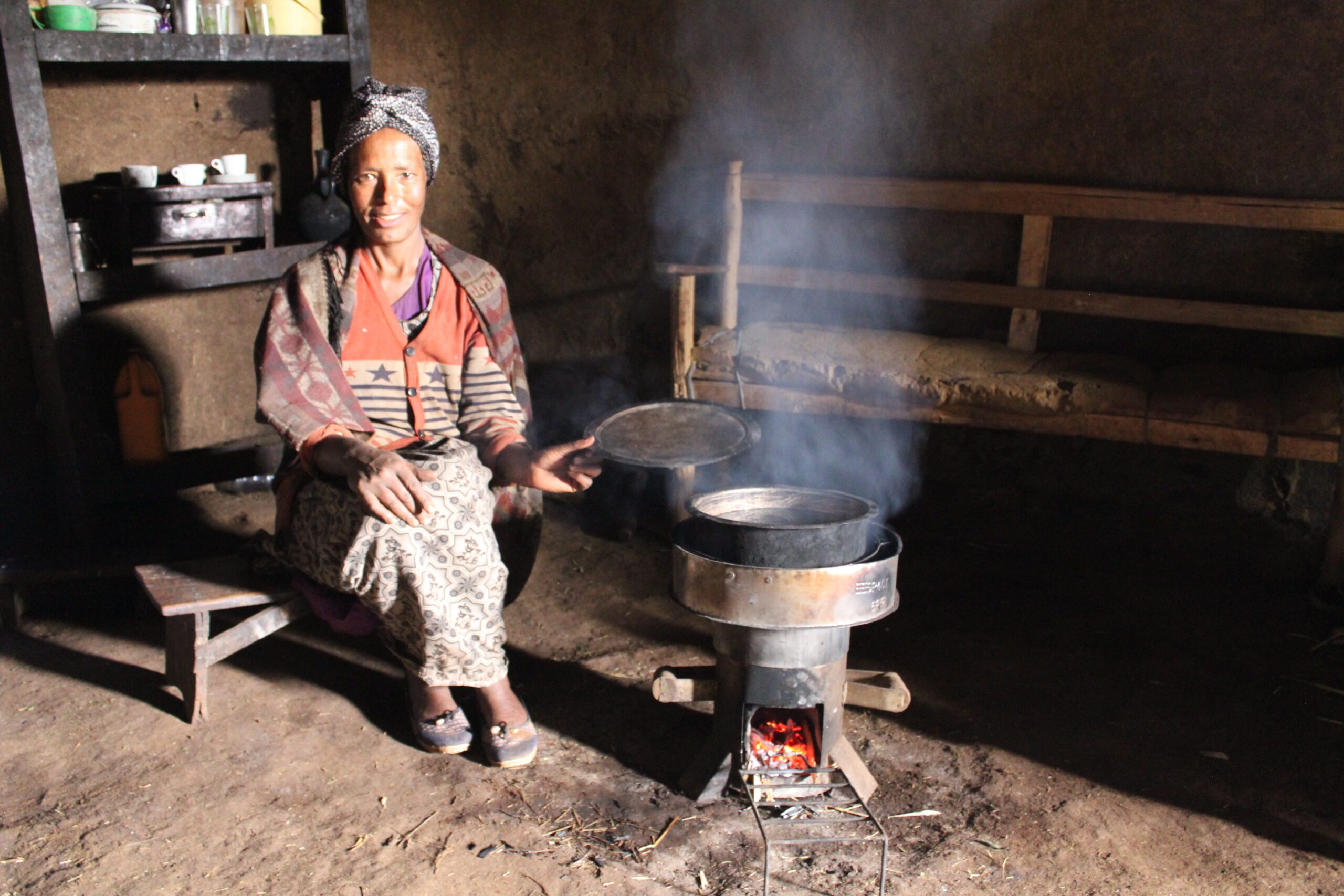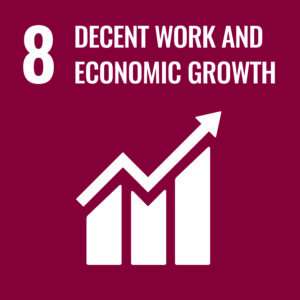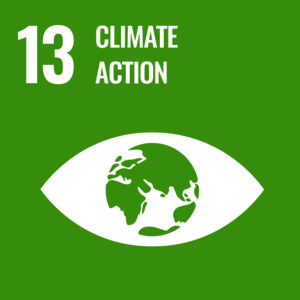Climate Impact: An estimated 46,528 tCO2e avoided annually.
Project Registry Link: Worldvision Clean Cookstoves | Gold Standard

Directs carbon finance into Ethiopian communities, addresses clean energy, reduces firewood consumption, and improves air quality, reducing respiratory illness in women and children.
World Vision Clean Cookstoves
Gold Standard
VER
AMS II.G - Energy efficiency measures in thermal applications of non-renewable biomass
GS11147
2021 (all our vintages are Climate Active compliant)
The majority of households in rural Ethiopia rely on heavily polluting open fires to cook, which can have severe consequences for the health of women and children who are responsible for preparing meals.
World Health Organisation (WHO) research shows that household air pollution was responsible for an estimated 3.2 million deaths globally in 2020.
Since 2011, World Vision has been working alongside local communities and government agencies in Ethiopia to implement and distribute low cost, highly efficient cookstoves. Two types of cookstoves are disseminated to households: the ‘Tikikil’ stove which is a metal rocket stove designed for general cooking and a ‘Mirt’ stove, which is a large cement stove designed for cooking ‘Injera’, the staple food in Ethopia.
In addition to health benefits, these cookstove use considerably less wood than open fires. The increasing energy needs of growing populations in Ethiopia has contributed to advanced forest loss. Forests that originally covered 90 percent of the highlands have been reduced to less than 3 percent; reinforcing the need for more sustainable energy solutions to prevent further forest loss and degradation.
World Vision was established in 1966 and has grown the become one of Australia’s largest international non-government organizations (NGO’s). Their work is focused on three main goals: Child Sponsorship, Climate Change and Supporting First Nations Communities. World Vision works with communities across the globe on solutions, that break the cycle of poverty and injustice.
This project involves the distribution of energy efficient cooking stoves to households in the Federal Democratic Republic of Ethiopia. The World Vision Cookstove Program, targets 13 districts in Ethiopia: Addis Ababa, Tulo, Boset, Jeju, Digeluna Tijo, Shashemene, Ezha, Enemor Ener, Sokoru, Nono, Wonchi, Adea Berga and Yaya Gulele
Permanence: Project activities must represent permanent reductions in GHG emissions. Clean cookstoves projects avoid emissions by improving the thermal efficiency of cooking technologies used by households, in turn reducing fuelwood consumption and GHG emissions. Avoided emissions from these projects are considered permanent.
Additionality: A project is additional if the GHG emissions reductions would not occur without the intervention of the project activity. Clean cookstoves projects provide cookstoves to households at no cost, meaning that revenue generated through carbon offsets is required to disseminate the cookstoves and generate emissions reductions. Therefore, the project GHG emissions reductions are additional.
Leakage: In the context of clean cookstoves projects, leakage refers to the risk that emissions reductions in the project boundary will generate a measurable increase in emissions outside the project boundary. Leakage risks are considered negligible for clean cookstoves projects.
SDGs: The project meets the following United Nations Sustainable Development Goals:



15094 in stock
Your purchase goes to the procurement of fully verified and independently audited carbon offset projects. TEM’s operational, due-diligence, risk management and marketing costs are also included in the list price. By purchasing from these projects, you are mobilising capital to support the project’s ongoing operations and benefits, alongside of ensuring measurable emissions reductions and avoidance.
You may find a difference between the cost of projects listed on this site and the average prices listed on the wholesale carbon market/s. That’s because TEM offers projects where we have gone the extra mile to ensure their integrity and deliver you the end-to-end service that others won’t. Our pricing is fully inclusive of the end-to-end services to ensure integrity, including: